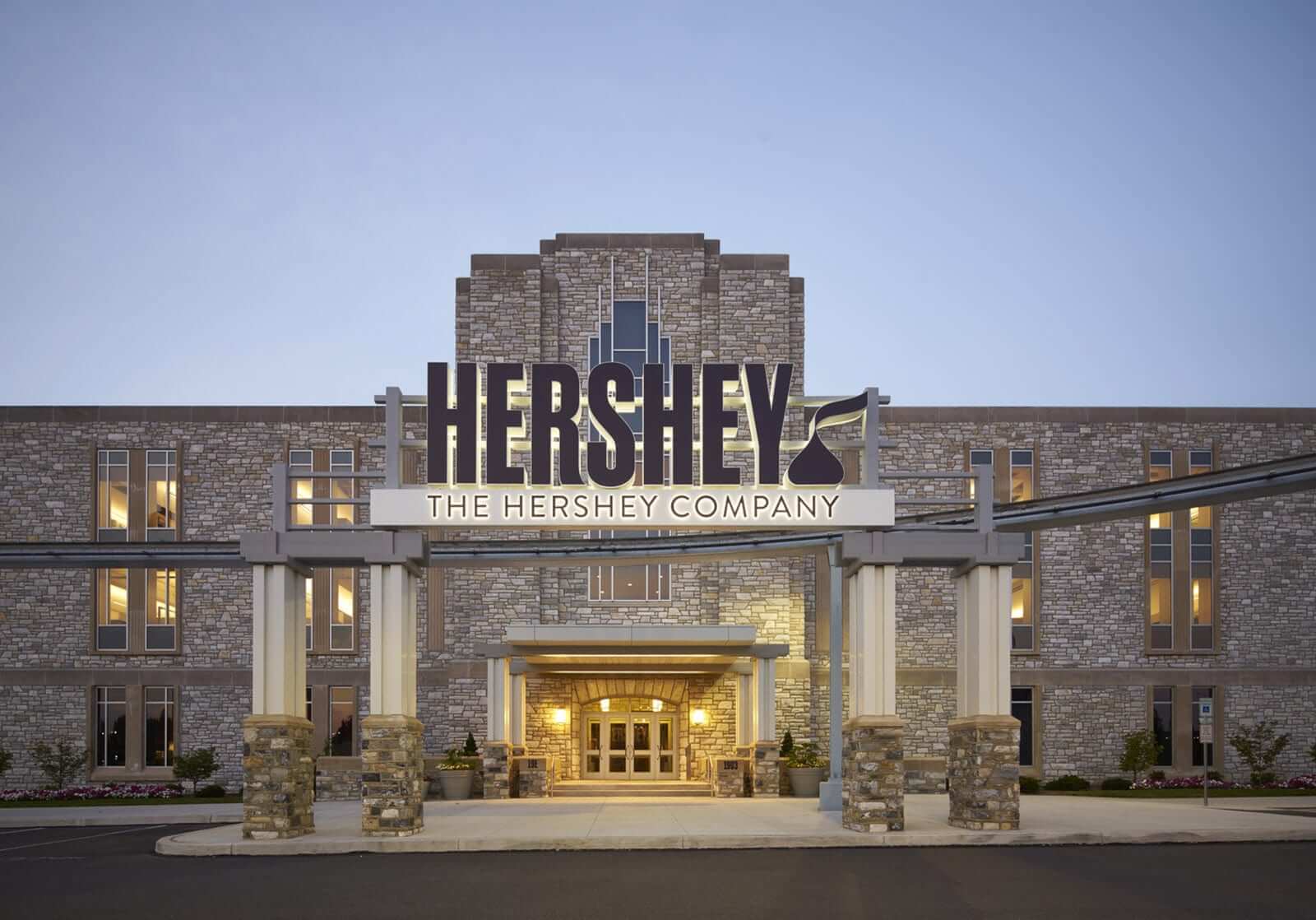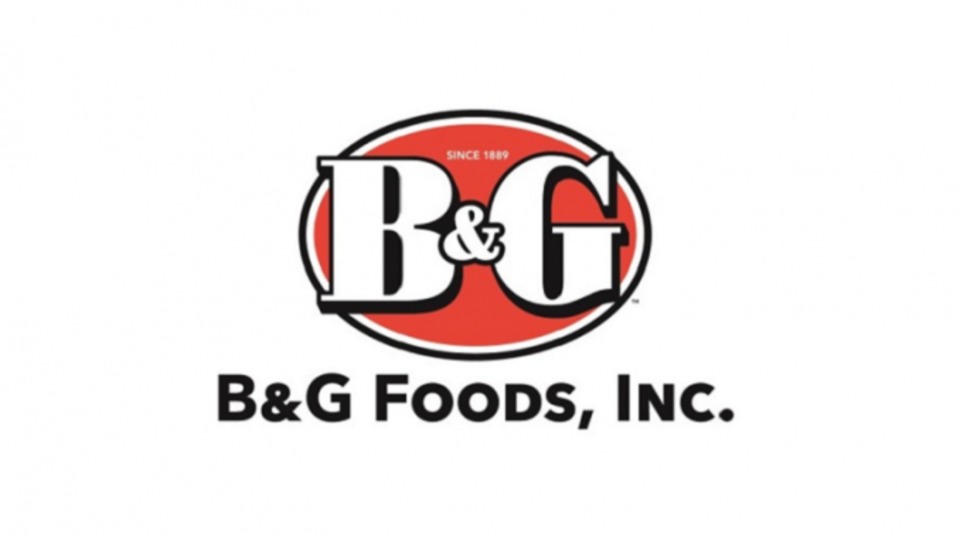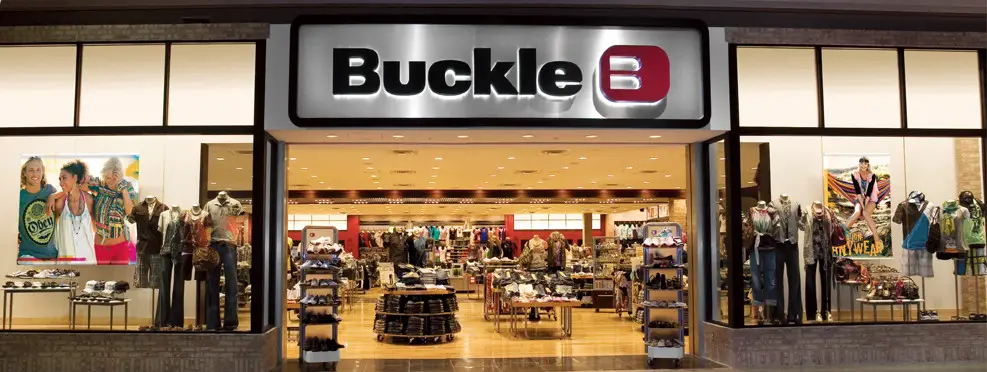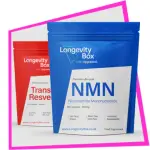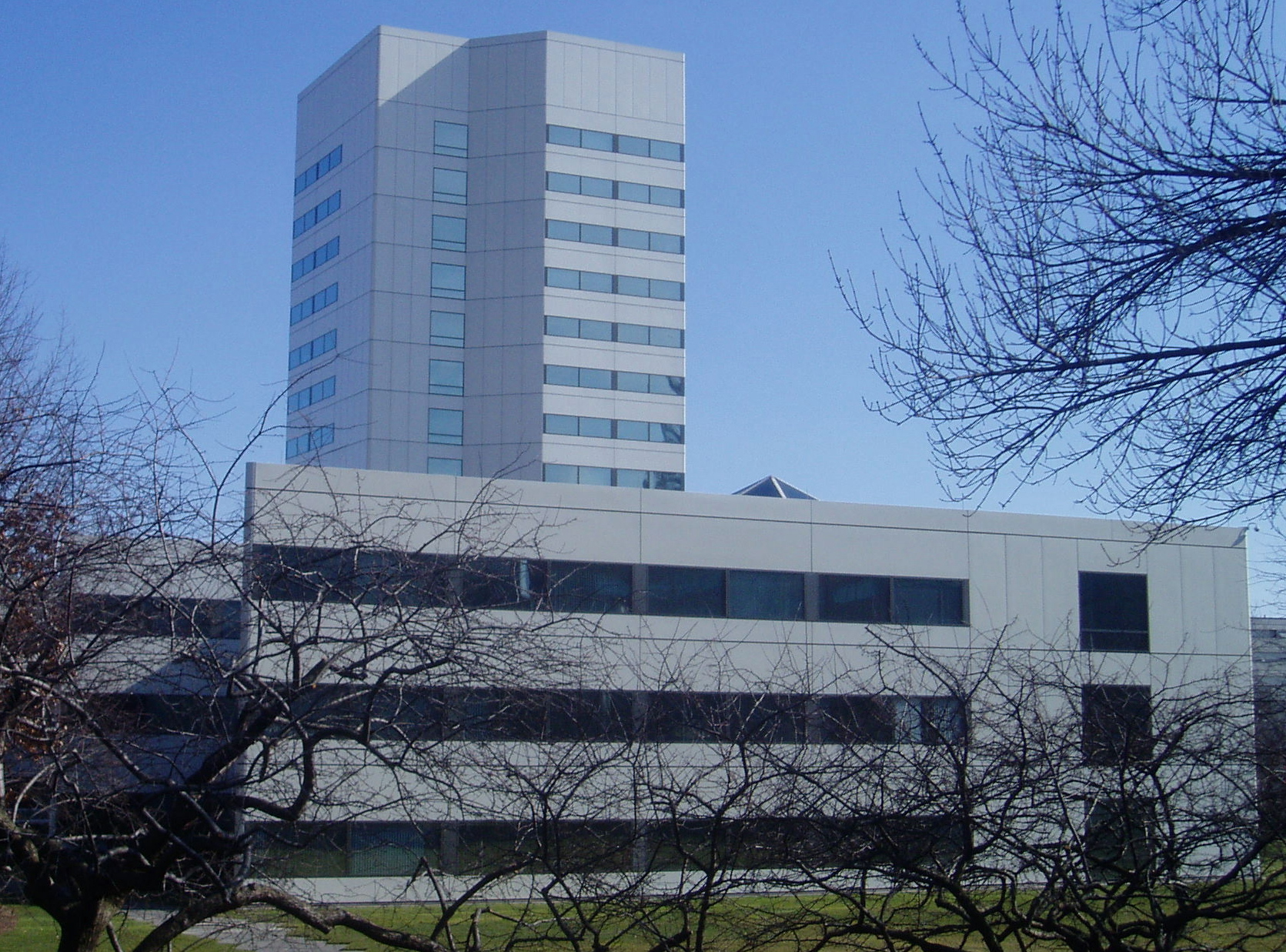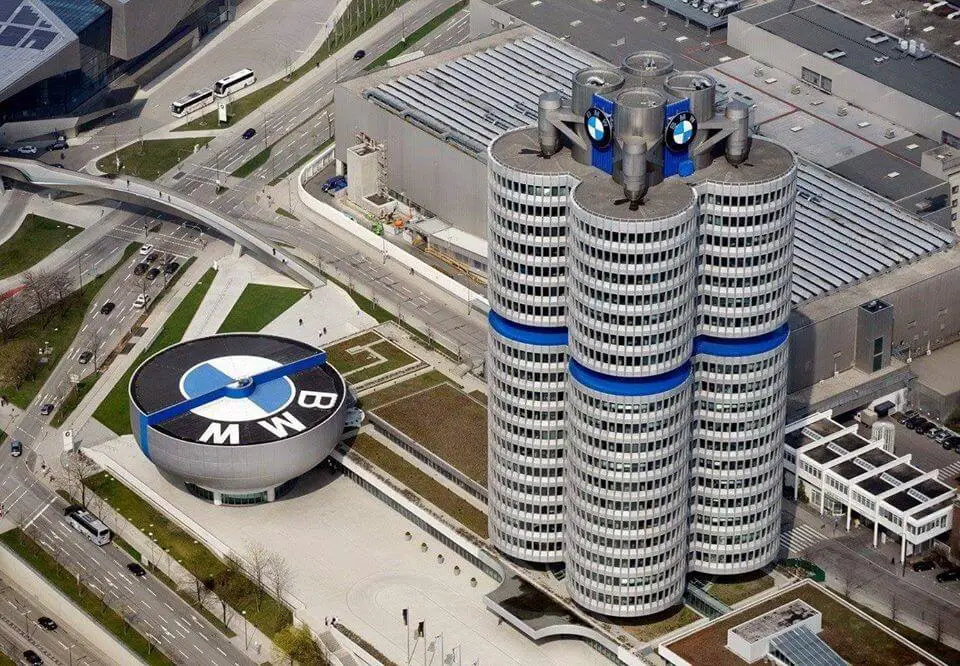PepsiCo Mission and Vision Statement Analysis
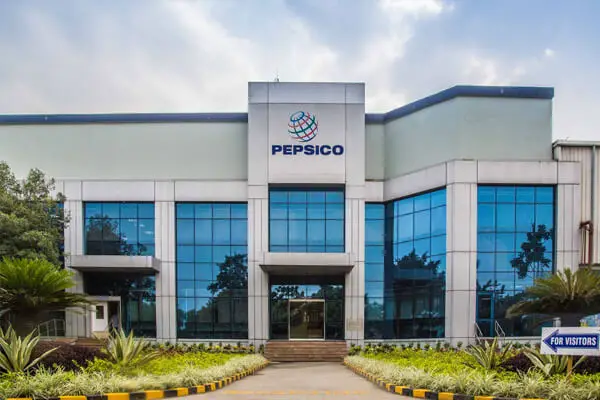
PepsiCo’s mission statement is to “to provide consumers around the world with delicious, affordable, convenient and complementary foods and beverages from wholesome breakfasts to healthy and fun daytime snacks and beverages to evening treats.” The statement reflects the company’s determination to have the best impacts on everyone, including the immediate consumers, through differentiated products. The statement also links with the continued efforts of PepsiCo to build its workforce and partners to grow together with the company as well. Based on this, the following components can be related to this mission statement:
- Improving communities. The first priority of PepsiCo Corporation is on the overall welfare of the societies across the globe, and the company contributes to this through the conducive environment it offers for everyone to perform at their level best. Most importantly, PepsiCo takes the protection of the planet very important as a way of advancing this feature of its mission statement. Over the years, the company has been recognized for initiating a series of projects that all point towards its commitment to sustainability especially that of the environment, whose impact in the communities speaks for itself.
- Reasonable prices. When PepsiCo talks about putting a smile on everyone, the company alludes to how much it cares for the pockets of its customers. Pricing is something that greatly impacts the level of satisfaction of all consumers, considering that they all want the best quality in the market at the most favorable rates. PepsiCo recognizes this and has taken this up in its marketing mix, and in a creative manner where it gives all its clients the best prices for every product they get. Sometimes, the company spices this up with frequent offers on specific brands.
- Improving health. PepsiCo has remained alive to the demands of the customers, especially in the nutrition values and other associated aspects. The food and beverage niche is a major influencer of the health of people around the globe, something that the management at PepsiCo takes very seriously. To comply with the likes and preferences of the consumers, PepsiCo uses nutritious raw materials such as grains, vegetables, and fruits throughout the entire manufacturing process to bring its customers foods and beverages that care about their health. This element of the mission has also been boosted by the gradual reduction of added sodium, sugars, and saturated fats in compliance with modern health needs.
Introduction
PepsiCo is a corporation whose business model demonstrates how powerful the company is in the food and beverage sector. It is a company with a rich history, with the name Pepsi having been coined by Caleb Bradham 1898, but the modern corporation was founded much later in 1965 through a merger, showing how gradually it has grown to become one of the largest in this sector.
The progressive success into the second-highest-ranking within the food and beverage sector of PepsiCo is accredited to the strategies enshrined in the mission and vision statement of the company. The two statements promote the primary purpose of the business, diversifying the firm when it comes to products and market dominance, and this has seen the company gain prominence it has today.
Just as expected, the mission statement of PepsiCo reflects the experiences the company would give its customers while satisfying them with every food and beverage products that they need. This agrees with the concept of a mission statement which highlights the strategies that a company would use to get closer to its vision.
In the case of a vision statement, PepsiCo clearly identifies its leadership responsibilities that the company must comply with, and this coincides with the idea of a vision statement that identifies the roadmap that a company follows through its business growth. The success of PepsiCo has more to do with the core values that guide the practices and the rich internal culture that defines this company. The presence of core values, mission, and vision statements, and how they complement each other, is, therefore, a major boost to the current business conditions at PepsiCo.
Vision Statement
PepsiCo’s vision statement is “to deliver top-tier financial performance over the long term by integrating sustainability into our business strategy, leaving a positive imprint on society and the environment.” The statement has the following components:
- Be a global leader. Although the origins of the company are in the U.S., there is no doubt PepsiCo has grown into a multinational corporation with several subsidiaries. All this growth has been propelled by the clarity of purpose in the company – to offer leadership in the food and beverages at the global level. With this approach, the company has tremendously influenced the business landscape in this sector and the markets through its brands and branding, led by its team of highly experienced experts.
- Leave a positive impact. PepsiCo Corporation shows how it satisfies this component in various ways with some of these comprising how it keeps broadening its product portfolio and accelerating the expansion of international businesses. There is so much more that speaks to the purpose of this company such as the influence it has on the farming practices and economy for the holistic growth of everyone the company interacts with. Such lengths show how comprehensive and purpose-led PepsiCo is.
Core Values
PepsiCo’s core values include “sustained growth, empowering people, trust, and responsibility.” PepsiCo is a company that aspires to be the best both socially and economically, and therefore, these values show exactly what the company wants to be. They guide the entire organization and create a culture that drives the company towards its vision.
The desire to stimulate sustained growth remains a priority at PepsiCo, and this directly relates to how the company values empowering both its workforce and other players it comes in contact with, including the consumers of its products. Ideally, the company considers this as a win-win situation that ensures all needs, including those beyond its own, are met at all times. The promotion of elements of diversity and engagement by PepsiCo adds to the efforts of the company to boost commitment with everyone and everywhere. In this way, this creates the best working conditions fit for all people and the company to thrive. When this occurs, then, PepsiCo is able to meet all its responsibilities with ease.
References
- Bauerlein, V. (2010). Gatorade’s ‘Mission’: Sell more drinks. The Wall Street Journal, 14, B6.
- Crook, T. R., Ketchen Jr, D. J., & Snow, C. C. (2003). Competitive edge: A strategic management model. The Cornell Hotel and Restaurant Administration Quarterly, 44(3), 44-53.
- David, F. R., & David, F. R. (2003). It’s time to redraft your mission statement. Journal of Business Strategy, 24(1), 11-14.
- El Bedawy, R., & Shawky, Z. (2013). Upholding competitive advantage through endorsing corporate social responsibility: Case Study Pepsico Egypt. Procedia-Social and Behavioral Sciences, 106, 3216-3234.
- Farrington, T., Henson, K., & Crews, C. (2012). Research foresight: The use of strategic foresight methods for ideation and portfolio management. Research-Technology Management, 55(2), 26-33.
- Herrick, C. (2009). Shifting blame/selling health: corporate social responsibility in the age of obesity. Sociology of Health & Illness, 31(1), 51-65.
- King, D. L., Case, C. J., & Premo, K. M. (2014). Does company size affect mission statement content? Academy of Strategic Management Journal, 13(1).
- Kiron, D., Ferguson, R. B., & Prentice, P. K. (2013). From value to vision: Reimagining the possible with data analytics. MIT Sloan Management Review, 54(3), 1.
- Lopatta, K., Buchholz, F., & Kaspereit, T. (2016). Asymmetric information and corporate social responsibility. Business & Society, 55(3), 458-488.
- Moss Kanter, R., Khurana, R., Lal, R., & Baldwin, E. (2012). PepsiCo, performance with purpose, achieving the right global balance. Harvard Business School Organizational Behavior Unit Case, (412-079).
- PepsiCo – About.
- Perrott, B. E. (2015). Building the sustainable organization: an integrated approach. Journal of Business Strategy, 36(1), 41-51.
- Rondinelli, D. A., & Berry, M. A. (2000). Environmental citizenship in multinational corporations: social responsibility and sustainable development. European Management Journal, 18(1), 70-84.
- S Eric Anderson Ph.D., M. B. A., & Brad Jamison Ph.D., M. B. A. (2015). Do the top US corporations often use the same words in their vision, mission and value statements?. Journal of Marketing and Management, 6(1), 1.
- Schoemaker, P. J. (1992). How to link strategic vision to core capabilities. Sloan Management Review, 34, 67-67.
- Snider, J., Hill, R. P., & Martin, D. (2003). Corporate social responsibility in the 21st century: A view from the world’s most successful firms. Journal of Business ethics, 48(2), 175-187.
